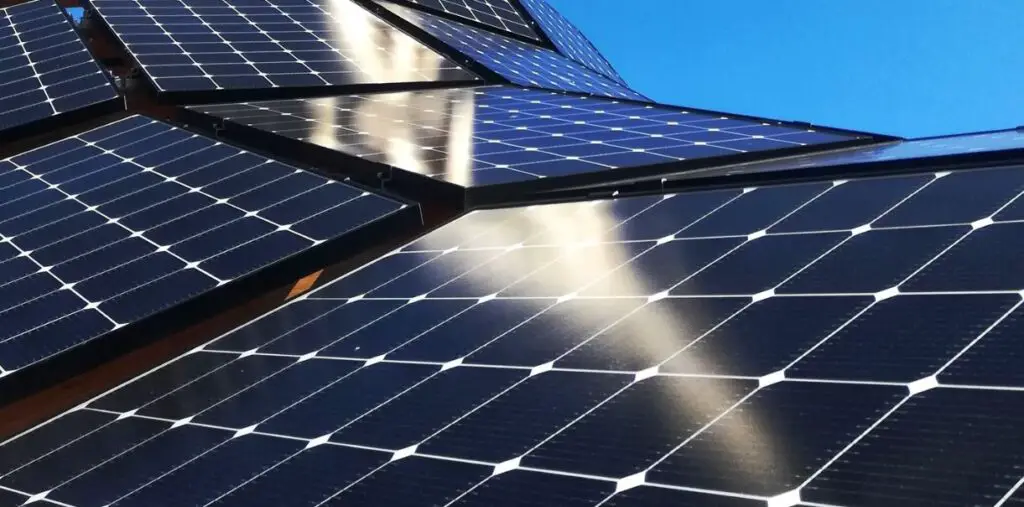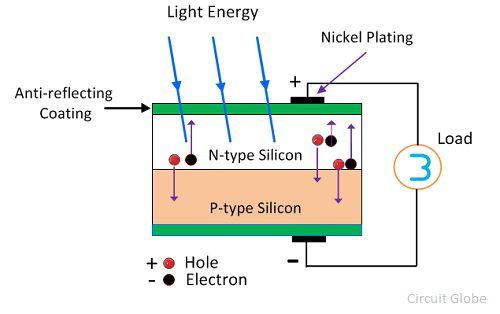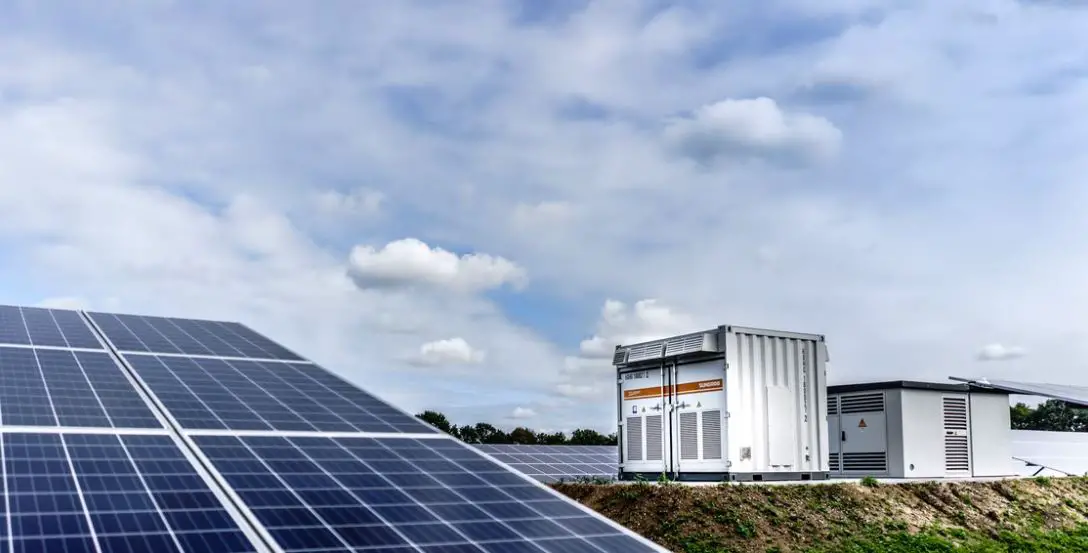Solar panels are intended to recover energy from solar radiation to transform it into heat or electricity.
Solar panel (and solar module) converts solar radiation into electrical energy. It is the most important component of a photovoltaic system and is usually located on the roof of the house. How much electricity a solar panel can generate depends, among other things, on the type of solar cells and the orientation.
Table of Contents
The uses of solar panels
In the first case, the panels are said to be thermal and are used, for example, to heat water. In the second case, the electricity is produced thanks to photovoltaic cells partially composed of semiconductor materials .
It should be noted that the efficiency of photovoltaic panels is highly dependent on the materials used in their construction (more than 25% for monocrystalline silicon , compared to 7% for cells made of quantum dots).
The different types of solar panels
There are several types of solar panels: the thermal solar panel, the photovoltaic solar panel , the aerovoltaic solar panel and the hybrid solar panel.
The thermal solar panel does not produce electricity, its mode of operation consists of transforming solar energy into heat energy. It is energy used to supply a heating system or to heat the water in the sanitary network. During the day, it absorbs heat from the sun’s rays . However, if the temperature is below 0°C, it is impossible to heat the domestic water. This type of solar panel is installed facing south with an optimal inclination of 45°.
The photovoltaic solar panel is useful to become self-sufficient in electricity since it is able to produce electricity. Photovoltaic cells convert the sun’s rays into electricity by capturing the photons present in the light . The inverter will transform the direct current into alternating current . This is the most common solar panel on the market. Depending on the model chosen, the cells may vary: the amorphous silicon cell, the monocrystalline silicon cell, the polycrystalline silicon cell, the tandem cell, the CIGS cell… The installation of a photovoltaic solar panel is simple and less expensive compared to a hybrid panel. The panel faces south-east and the inclination is between 30 and 35°.
The aerovoltaic solar panel is a little less known but can be a good solution for heating sanitary water and for heating a home. The principle of operation of the panel is to recover the solar heat in its lower layer where the hot air circulates. However, its installation is rather complicated. The installer must plan for a 30° inclination and orient the panel towards the south.
The hybrid solar panel heats domestic water and produces electricity at the same time. Its cost is higher than that of a photovoltaic and thermal solar panel. Its mode of operation is simple, the captured light generates electricity and the heat exchanger ensures the production of hot water by capturing the heat from the sun’s rays. The advantage of this system is that it makes energy independence possible in the home. The hybrid panel is installed facing south with an inclination of 30°.

Models of solar panels
The structure of the cells differs depending on the model. A distinction is made between polycrystalline modules, monocrystalline modules and thin-film modules.
For polycrystalline solar modules , the raw material silicon is melted, cast into blocks and slices are sawed. Many different types of silicon crystals are formed during cooling. The different arrangement of the crystals ensures that defects occur at their borders, which reduce the efficiency of the solar module. The proportion of silicon in a polycrystalline solar module is generally smaller, which is why the efficiency is lower than that of monocrystalline modules. Polycrystalline solar modules are simpler and cheaper to manufacture.
Monocrystalline solar modules are also created by melting silicon, from which monocrystalline rods (single crystals) are then drawn. The single crystals are sawn into so-called wafers (circular or square discs one millimeter thick). In the case of monocrystalline modules, there are no crystal boundaries and thus possible defects, so that they have significantly higher efficiencies. However, monocrystalline solar modules are more expensive to manufacture.
In order to produce thin-film modules, a carrier material is vapor-deposited with a thin layer of amorphous or crystalline silicon. Much less silicon is used here than with mono- and polycrystalline solar modules, which is why the production of thin-film modules is cheaper. For this reason, the market share of thin-film modules is constantly growing. The advantage of thin-film modules is that they achieve good and constant solar power yields even in poor light.
How a solar module works
In a solar module or solar cells, the sun’s energy is converted into electricity. The solar cell consists of the semiconductor material silicon. A property of semiconductors is their high conductivity when energy is supplied. The electromagnetic rays of the sun, in turn, consist of photons.
When the photons hit the silicon in the solar cell, they transfer their energy to loose electrons and thus repel them from the silicon. A movement therefore occurs in the cell, which generates electricity in the connected line.

The profitability
The profitability of solar panels is an important factor to understand when deciding to turn to renewable energies . You should know that photovoltaic solar panels are more profitable in regions with better sunshine.
To calculate profitability, the cost-benefit ratio is rather easy to calculate. Generally, it is a profitable investment thanks to the efficiency of the photovoltaic cells. Several variables must be taken into account when calculating the yield, in particular the power of your installation.
A solar panel installation reduces the need for an electricity supplier to reduce monthly bills. The goal is to limit expenses to make the installation profitable as quickly as possible.
Environmental issues of solar panels
Photovoltaic panels produce electricity without emitting pollution at the time of energy transformation. The manufacture, installation and recycling of these panels have a limited negative impact on the environment.
Technologies are evolving to further reduce adverse environmental effects. When the solar panel reaches the end of its life, it is 85% recyclable.




